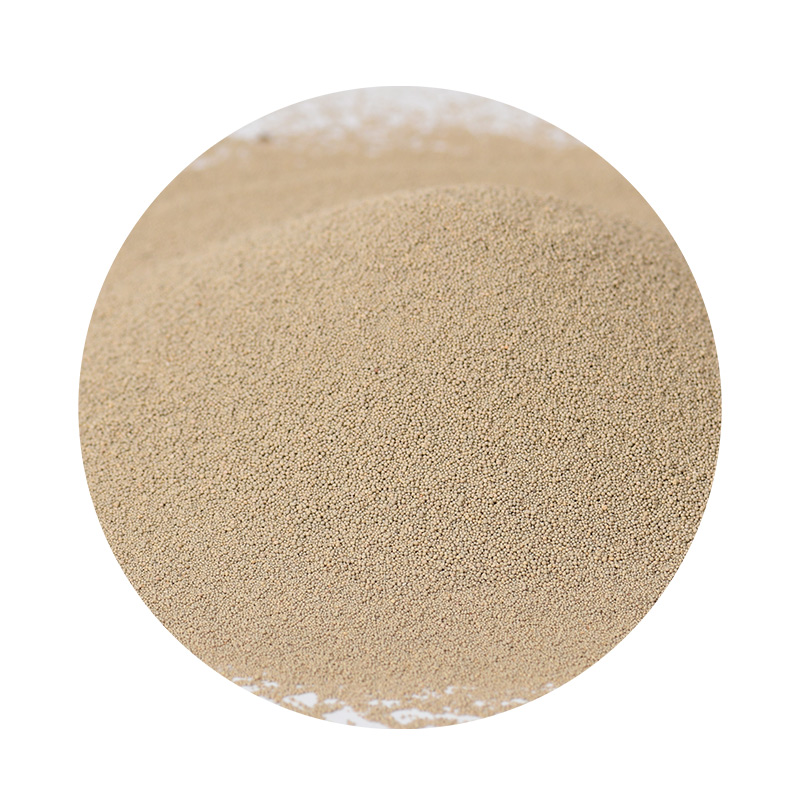Sanding resin can be a challenging yet rewarding task when working on various projects, such as creating jewelry, crafting home decor, or restoring furniture. Whether you’re using epoxy resin, polyester resin, or another type, proper sanding techniques are essential to achieve a smooth, polished finish. Here's a guide on how to sand resin effectively.
Understanding the Basics of Resin Sanding
Before you start sanding, it's crucial to understand the type of resin you're working with. There are two primary types of resin epoxy and polyester. Epoxy resin cures harder and is generally more forgiving during the sanding process, while polyester resin can be more challenging due to its propensity to clog sandpaper. Always wear appropriate safety gear, including a dust mask and safety goggles, to protect yourself from fine resin dust.
Preparation Steps
1. Cure Time Ensure your resin piece has fully cured. For most epoxies, this takes about 24-72 hours, depending on the manufacturer’s instructions. Sanding prematurely can result in a gummy mess.
2. Initial Inspection Check for large imperfections, bubbles, or uneven spots. This initial inspection will help you determine where to focus your sanding efforts.
3. Gathering Materials You will need sandpaper with varying grits (start with something coarse, such as 80-120 grit, and work your way up to finer grits like 400-1000), a sanding block or electric sander, water (for wet sanding), and a clean cloth.
Sanding Process
how to sand resin

1. Start with Coarse Grit Begin with your coarse grit sandpaper. If you are using a sanding block, wrap the sandpaper around it, ensuring even pressure. Sand the surface in a circular motion or back-and-forth, applying slight pressure. Keep the tool moving to avoid creating deep scratches.
2. Inspect Regularly Periodically stop to check your progress. If the surface looks even and the major imperfections are gone, it's time to switch to a finer grit.
3. Progress to Finer Grits Gradually move through the grits, starting with 120, then 220, and up to 400 or more for a polished look. Each finer grit will help remove the scratches left by the previous grit. Remember to sand evenly across the entire surface.
4. Wet Sanding (Optional) For a smoother finish, you can wet sand your resin piece. This technique involves using water as a lubricant to reduce dust and prevent clogging. Wet sanding is particularly useful when working with finer grits, as it helps achieve a glass-like finish.
5. Final Touches After sanding with the finest grit, wipe down the surface with a clean, damp cloth to remove any dust. If desired, you can apply a polishing compound to enhance the shine further.
Conclusion
Sanding resin requires patience and the right techniques to achieve a professional finish. By starting with coarse grits and progressively moving to finer ones, you can create a smooth, aesthetically pleasing surface. Remember that practice makes perfect; the more you sand, the better you’ll become at identifying the right techniques for your specific resin projects. Happy crafting!
Post time:सितम्बर . 14, 2024 23:34
Next:foundry molding sand
